
On time Performance

Contries

Machines

Customers

Defect Rate

ISO Certification
CNC Milling is the most common and popular machine in CNC manufacturing. CNC Milling machines utilize rotary cutters to remove material from a part mounted on the machine bed. There are different types of CNC Milling systems, the most common type is 3-axis CNC machine. 3-aixs means the system has 3 linear degrees (the X, Y, Z axes) to produce parts. While the advanced one is 5-axis CNC machine, which owns 5 degrees of machining freedom and is suitable for creating parts with highly complex geometric geometries. Besides, 5-aixs CNC Machining is ideal for simplifying manufacturing steps.
| CNC Milling Capabilities | |
|---|---|
| Maximum Part Size | 1000mm * 1000mm * 600mm |
| Standard Lead Time | 4 Business Days |
| Tolerance |
Milling Only: Up to ± 0.025mm With Wire Cutting or EDM: Up to 0.002mm |
* For expedited lead times or parts that exceed the maximum part size contact hello@wenext.com.
We provide a variety of metal alloys to make custom functional parts.
Material
| Material | Type | Color | Technology | Description | |
|---|---|---|---|---|---|
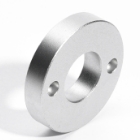 |
AL 6061 | Aluminum | Silver | CNC |
Good Machinability; Abrasion Resistance; Corrosion Resistance |
 |
AL 7075 | Aluminum | Silver | CNC |
Good Machinability; Abrasion Resistance; Corrosion Resistance |
 |
Brass | Cu | Brassy yellow | CNC |
High Strength; High Hardness; Good Chemical Corrosion Resistance |
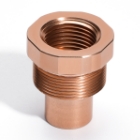 |
Copper | Cu | Purple bronze | CNC |
Good Electrical Conductivity; Excellent Extensibility; Good Corrosion Resistance |
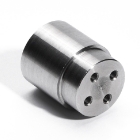 |
40Cr | Steel | Silver | CNC |
Good Mechanical Properties; Good Hardenability; Low Temperature Impact Toughness |
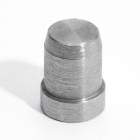 |
45# | Steel | Silver | CNC |
High Strength; Good Cutting Machinability |
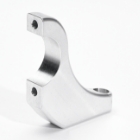 |
Q235 | Steel | Silver | CNC |
High Strength; Good Plasticity; Easy to Weld |
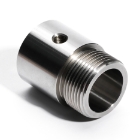 |
SUS304 | Stainless Steel | Silver | CNC |
Good Corrosion Resistance; High Strength; Good Machinability |
Take a look at CNC Milled parts that made by different materials.
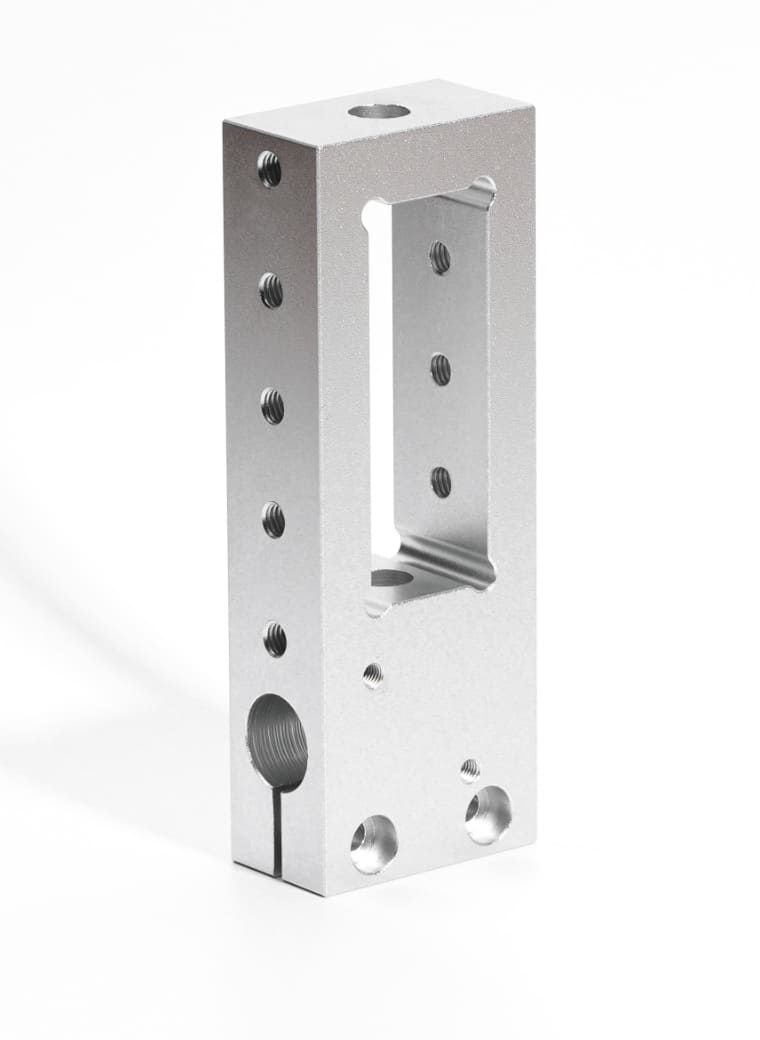

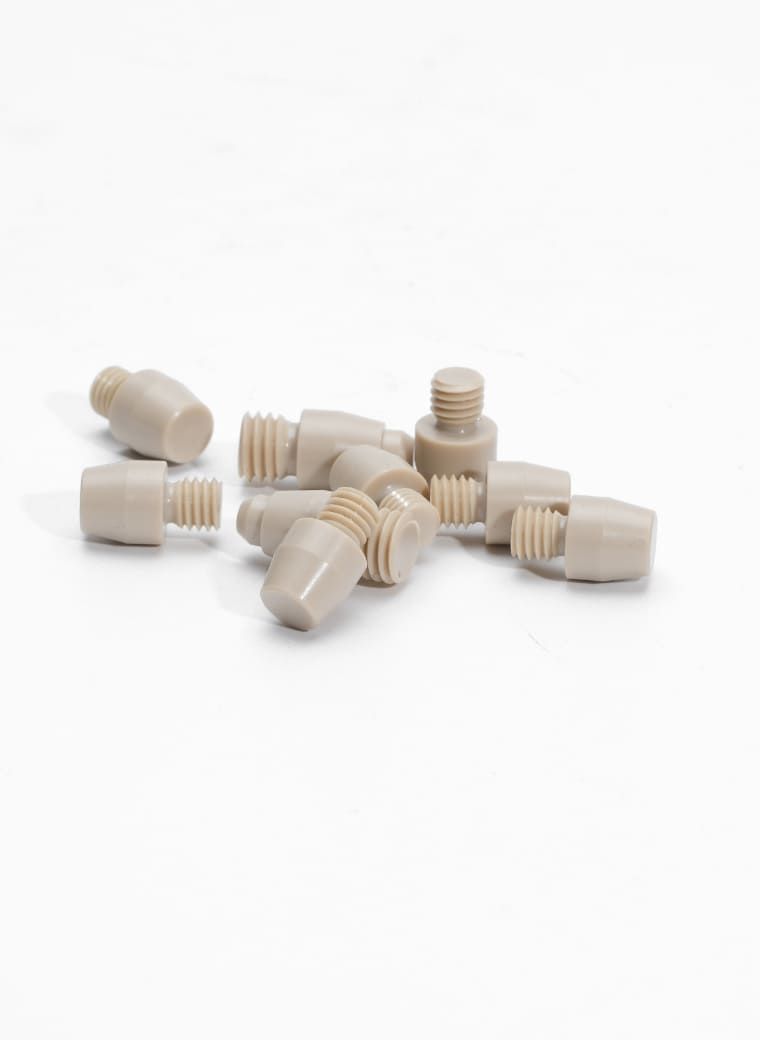
Not sure about which process is the correct one for your part design? Download our CNC Machining Design Guidelines.
1. Like 3D Printing needs slicer software to covert the STL file so that 3D printers can read and understand each layer data of the model, the first step for CNC Milling is to convert the CAD file into a language that the machine can work with, that’s G-code.
2. The operator will place the material that is cut to a specific size on the machine bed. Normally, the piece of the material is always called the blank or workpiece. Then it is time to mount the workpiece on the machined bed or by a vice.
3. As the computer controls the CNC cutting tools to move to the pre-set coordinates, so precise positioning and alignment of the workpiece is significant to manufacture high-accuracy parts. Special metrology tools, probes, for instance, are ideal solutions for this step.
4. Then, the workpiece is ready for machining. The machine uses professional cutting tools and rotating the at high speeds to remove material from the workpiece. However, at the very first steps, the machine removes at a relatively low speed and accuracy to gain an approximate geometry.
* Sometimes, the model is not being to achieve full features by single setup from the cutting tools, to flip the workpiece is necessary.
Below is available surface finishing for CNC Milled parts.
| Finishes Type | Description | |
|---|---|---|
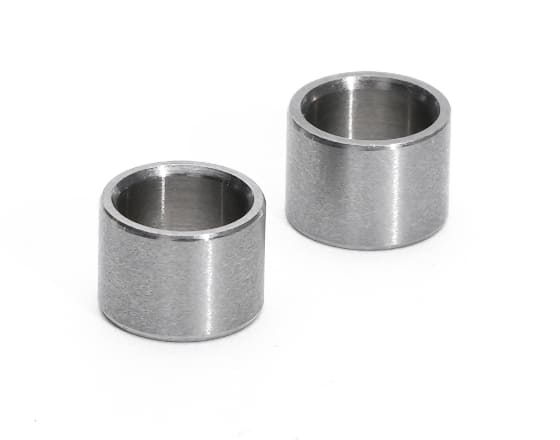 |
As machined | Standard surface finish from machine directly, variables in relation to different machines. |
 |
Polishing | Process of creating a smooth and shiny surface by rubbing it or by applying a chemical treatment. |
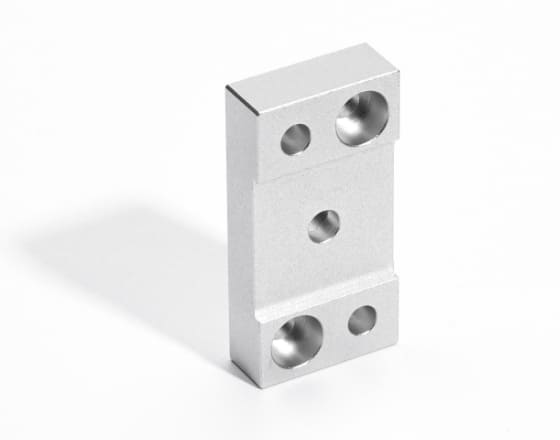 |
Sandblasting | Add uniform matte or satin surface finish against designated metal part and remove tool marks. |
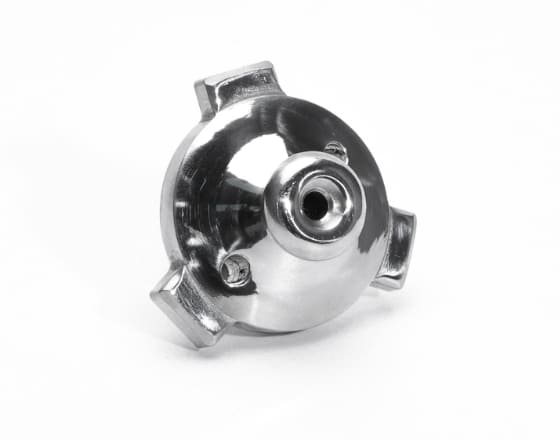 |
Plating | A surface covering in which a metal is deposited on a conductive surface. It is used to enhance surface properties in multiple purposes. |
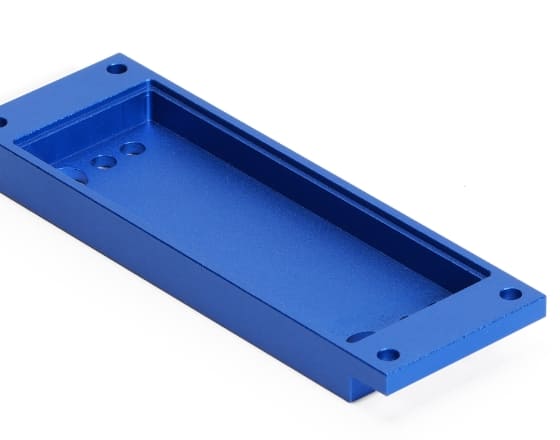 |
Coloring | Change the color of the workpiece by spray painting, baking finishing, etc. |
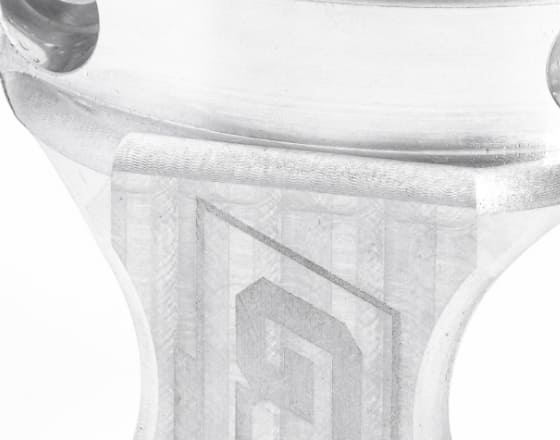 |
Laser Etching | The practice of using lasers to engrave the workpiece. |
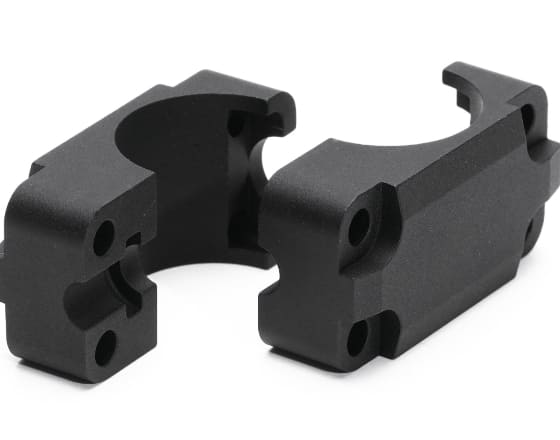 |
Heat Treatment | Using heating and cooling to immensely improve key physical properties of metal. |
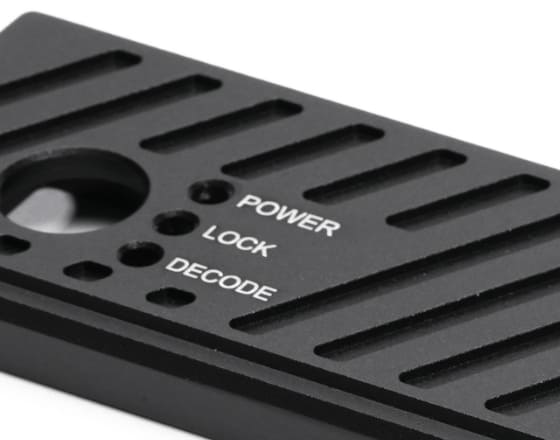 |
Screen Printing | Process of transferring a stencilled design onto a flat surface using a mesh screen, ink and a squeegee. |
 |
Anodizing | Anodizing is an electrolytic oxidation process by coating the metal with a corrosion-resistant coating. |
We follow ISO 2768 standards for CNC Machining.
| Limits for nominal size | Plastics(ISO 2768-m) | Metals(ISO 2768-f) |
|---|---|---|
| 0.5mm* to 3mm | ±0.1mm | ±0.05mm |
| Over 3mm to 6mm | ±0.1mm | ±0.05mm |
| Over 6mm to 30mm | ±0.2mm | ±0.1mm |
| Over 30mm to 120mm | ±0.3mm | ±0.15mm |
| Over 120mm to 400mm | ±0.5mm | ±0.2mm |
| Over 400mm to 1000mm | ±0.8mm | ±0.8mm |
| Over 1000mm to 2000mm | ±1.2mm | ±0.5mm |
| Over 2000mm to 4000mm | ±2mm |

From Idea to Products
Copyright © 2023 Wenext, All Rights Reserved
This website uses cookies for better personalized services. By using our websites, you agree to this use. Privacy Policy
We use cookies to improve your experience, check out Privacy Policy.